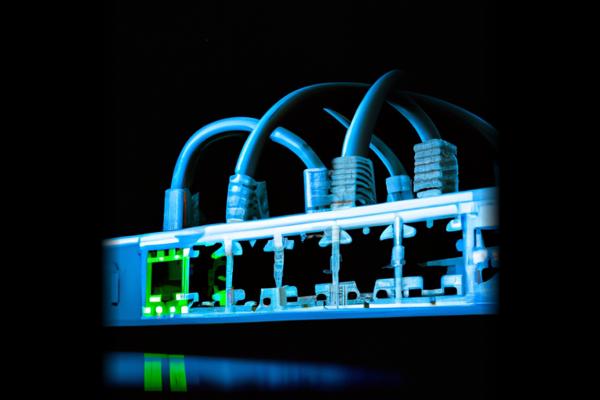The Internet of Things (IoT) has brought significant advancements to sectors such as healthcare and logistics, improving efficiency. However, it has also introduced new security risks [4], particularly in the form of IoT-driven Distributed Denial of Service (DDoS) attacks. These attacks have become a growing concern due to the widespread adoption of IoT devices. The distributed nature of these devices and the vulnerabilities in IoT technology make these attacks difficult to mitigate.
Description
Cybercriminals are taking advantage of the lack of robust security measures in widely adopted IoT devices to exploit their vulnerabilities and create powerful botnets capable of launching devastating DDoS attacks. The number of IoT devices involved in botnet-driven DDoS attacks has significantly increased [5], resulting in financial losses and posing risks to essential infrastructures [5]. Sectors heavily reliant on online services are particularly vulnerable to these attacks [2] [3], which can lead to malicious activities such as data theft [2] [3], ad fraud [2] [3], and cryptocurrency mining [2] [3].
Mitigating these attacks is challenging due to the distributed nature of IoT devices [2] [3], making it difficult to identify and block malicious traffic [1] [2] [3] [6]. The current threat of IoT DDoS attacks is on the rise, with attacks increasing by 300% in the first half of 2023 alone [5]. Additionally, the capacity of DDoS attacks is increasing [5], with the most potent attacks reaching speeds of up to 100 Tbps [5]. Future projections indicate a surge in IoT DDoS attacks as the number of IoT devices continues to grow.
To effectively mitigate these attacks, a multi-layered approach is necessary. Essential measures include implementing strong default settings, regularly updating devices [2], and using robust authentication mechanisms for device manufacturers [6]. Network administrators should deploy intrusion detection systems and traffic analysis tools to identify and block malicious traffic [6]. Collaboration between industry stakeholders is crucial for sharing threat intelligence and implementing coordinated defense strategies [6]. Educating users on safe IoT practices [2] [3], regularly updating devices [2], implementing multi-layer security protocols [2], and investing in specialized DDoS protection solutions are also important steps. By investing in specialized technologies and fostering a culture of vigilance and collaboration [5], organizations can effectively combat the growing threat of IoT-driven DDoS attacks and contribute to a more secure digital landscape.
Conclusion
The increasing prevalence of IoT-driven DDoS attacks poses significant risks to various sectors and essential infrastructures. Mitigating these attacks requires a multi-layered approach that includes strong default settings [6], regular updates [2] [6], robust authentication mechanisms [6], intrusion detection systems [6], and traffic analysis tools [6]. Collaboration between industry stakeholders and educating users on safe IoT practices are also crucial. As the number of IoT devices continues to grow [5], it is essential to invest in specialized technologies and foster a culture of vigilance and collaboration to effectively combat the growing threat of IoT-driven DDoS attacks and ensure a more secure digital landscape in the future.
References
[1] https://vulners.com/thn/THN:E6C2BCB742D22A2C71E8F112A38EDD69
[2] https://patabook.com/technology/2023/09/16/ddos-2-0-iot-sparks-new-ddos-alert/
[3] https://mrhacker.co/cyber-attack/ddos-2-0-iot-sparks-new-ddos-alert
[4] https://gixtools.net/2023/09/ddos-2-0-iot-sparks-new-ddos-alert/
[5] https://thehackernews.com/2023/09/ddos-20-iot-sparks-new-ddos-alert.html
[6] https://www.itsforhome.com/2023/09/14/ddos-2-0-the-growing-threat-of-iot-driven-ddos-attacks/





